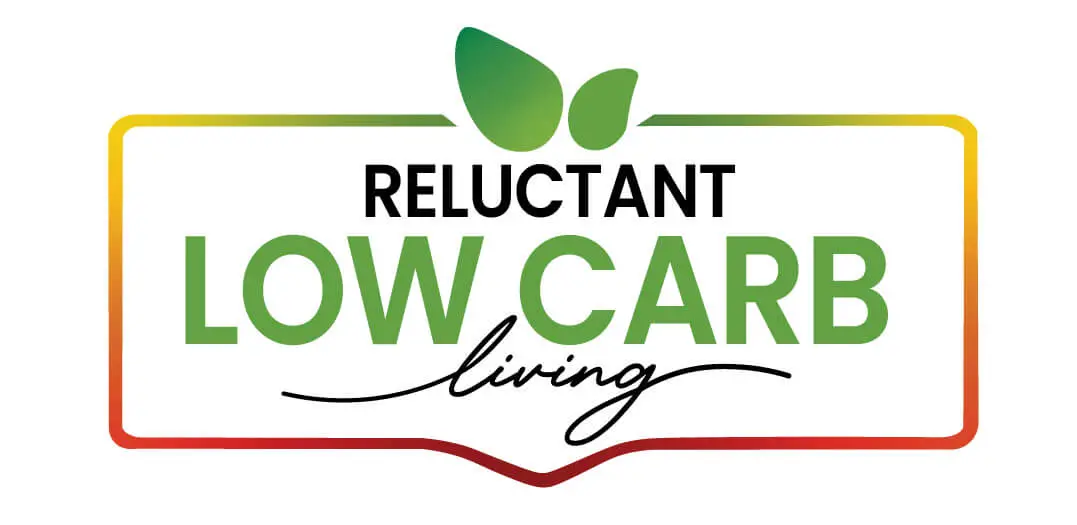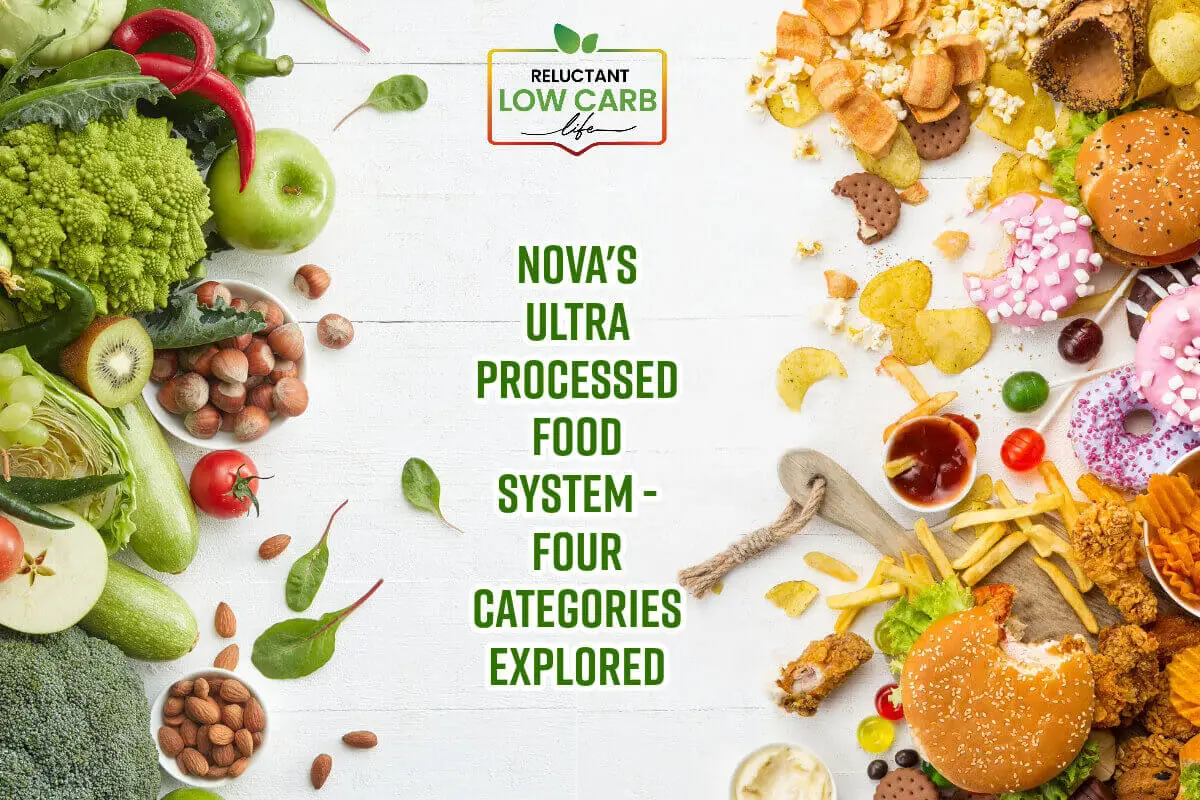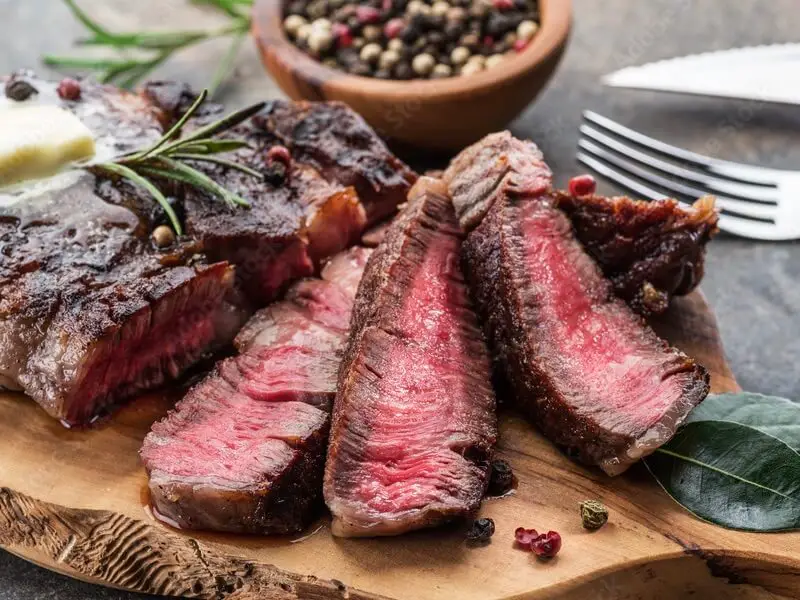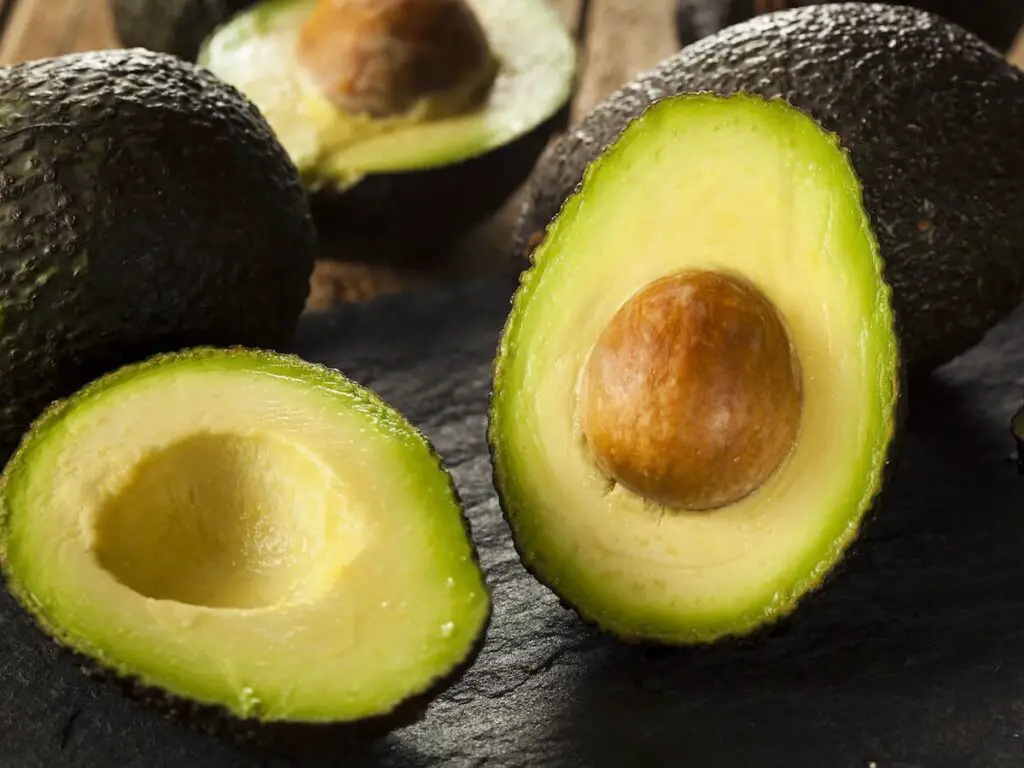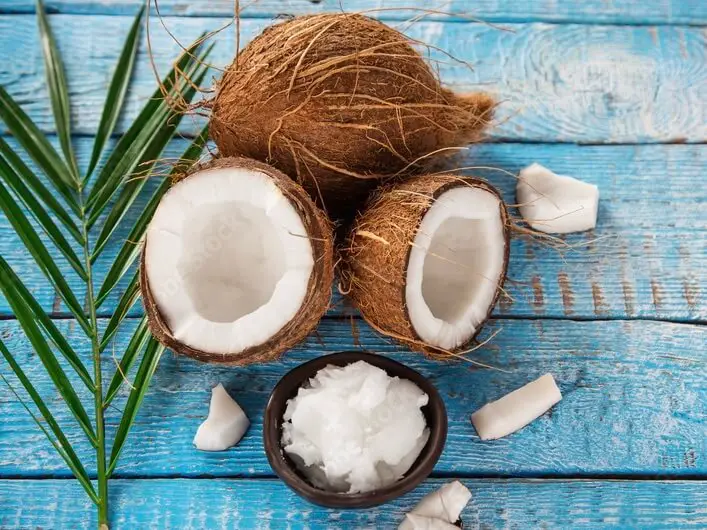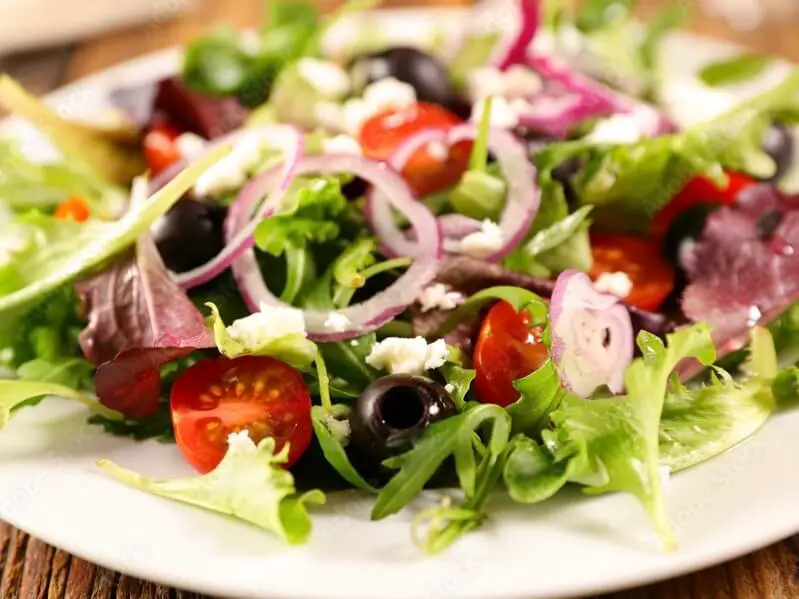The United Nations has declared the current period as the Decade of Nutrition, highlighting their concern about escalating rates of obesity and other health issues globally.
To address these concerns, the UN has endorsed the NOVA classification system, a tool designed to categorize foods based on their level of processing. NOVA provides a framework with four primary categories to distinguish between minimally processed and ultra-processed foods. Please continue reading to deepen your understanding of the NOVA system and its role in combating unhealthy eating habits.
Table of Contents
- Understanding NOVA’s Ultra Processed Food System: The Four Categories Explored
- What Is NOVA?
- 4 Categories Of Ultra-Processed Food Classified By NOVA
- The Bigger Picture Of The NOVA Classifications
- Making Healthier Choices in a Processed Food World
- Related Question
Understanding NOVA’s Ultra Processed Food System: The Four Categories Explored
Food processing has become a standard practice in a world where convenience is king. But do we truly understand what “processed” means regarding our eating?
The NOVA classification system aims to categorize food based on the extent of its processing, shedding light on what we’re putting into our bodies.
Read on as we delve into the four NOVA groups: Unprocessed or Minimally Processed Foods, Processed Culinary Ingredients, Processed Foods, and Ultra-Processed Foods.
What Is NOVA?
Before we explore each category, we must know what NOVA is. Developed by a team of researchers and nutritionists, the NOVA classification system categorizes foods based on the industrial processes they undergo.
NOVA focuses on the nature, extent, and purposes of these processes—from physical to chemical techniques—that occur after foods are separated from nature and before they are consumed or made into dishes and meals.
4 Categories Of Ultra-Processed Food Classified By NOVA
The NOVA classification is an enlightening guide in a world saturated with food choices. Knowing what each category signifies allows us to craft diets that align better with our health goals.
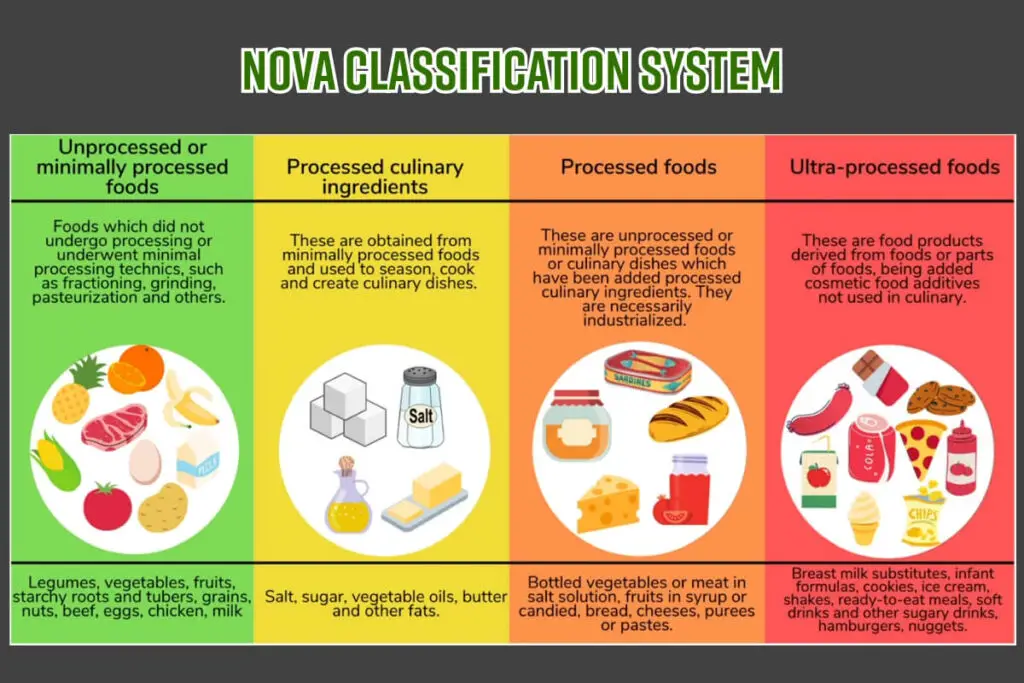
It teaches us the value of moderation, the importance of natural, unprocessed foods, and the risks associated with artificial, ultra-processed items. Now, let’s look at each of the four categories.
1. Unprocessed Or Minimally Processed Foods
Definition
Unprocessed or minimally processed foods have either not been altered or have undergone minimal processes like cleaning, freezing, or cutting.
Examples
Examples include fresh fruits, vegetables, meats, milk, eggs, and grains. Foods like washed and bagged spinach, pre-cut fresh fruit, or frozen vegetables fall under this category.
Health Benefits
These foods are typically high in nutrients and low in added sugars, fats, and salts. They form the foundation of a balanced, healthy diet and are recommended for regular consumption.
Convenience Factor
In today’s fast-paced world, minimal processing, like washing and pre-cutting, can be a time-saver for busy individuals without compromising the food’s nutritional value.
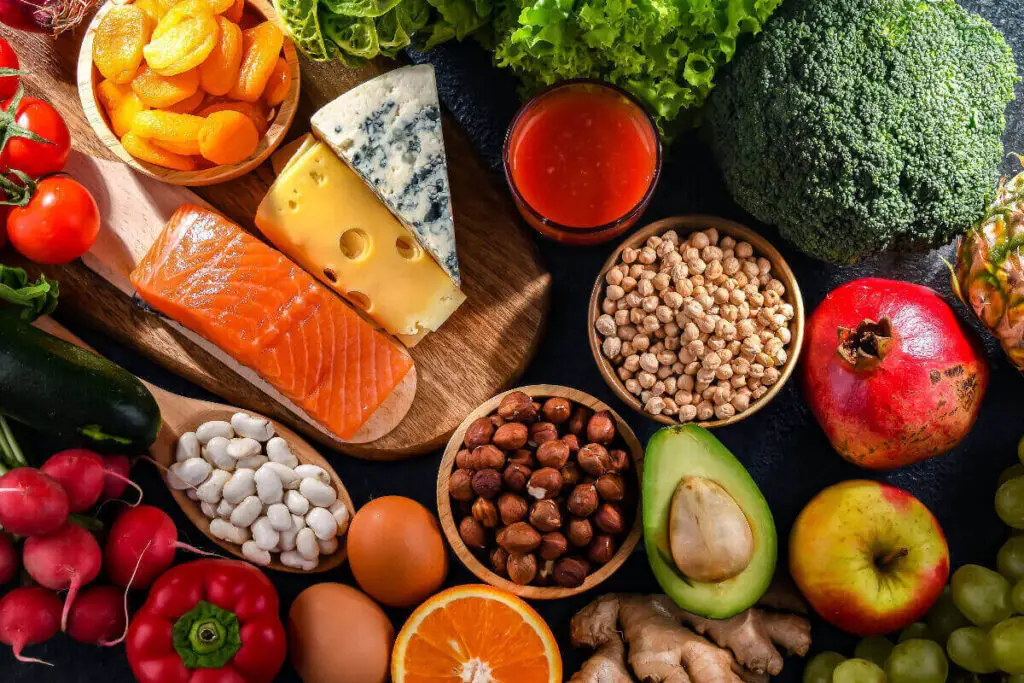
2. Processed Culinary Ingredients
Definition
Processed culinary ingredients are derived from unprocessed or minimally processed foods but have been altered to some extent, usually serving as cooking or baking additives.
Examples
This group includes oils, butter, sugars, salts, herbs, and spices.
Utility And Health
These items are not meant to be consumed alone but are used with unprocessed or minimally processed foods to create dishes. When used in moderation, these ingredients do not necessarily pose health risks.
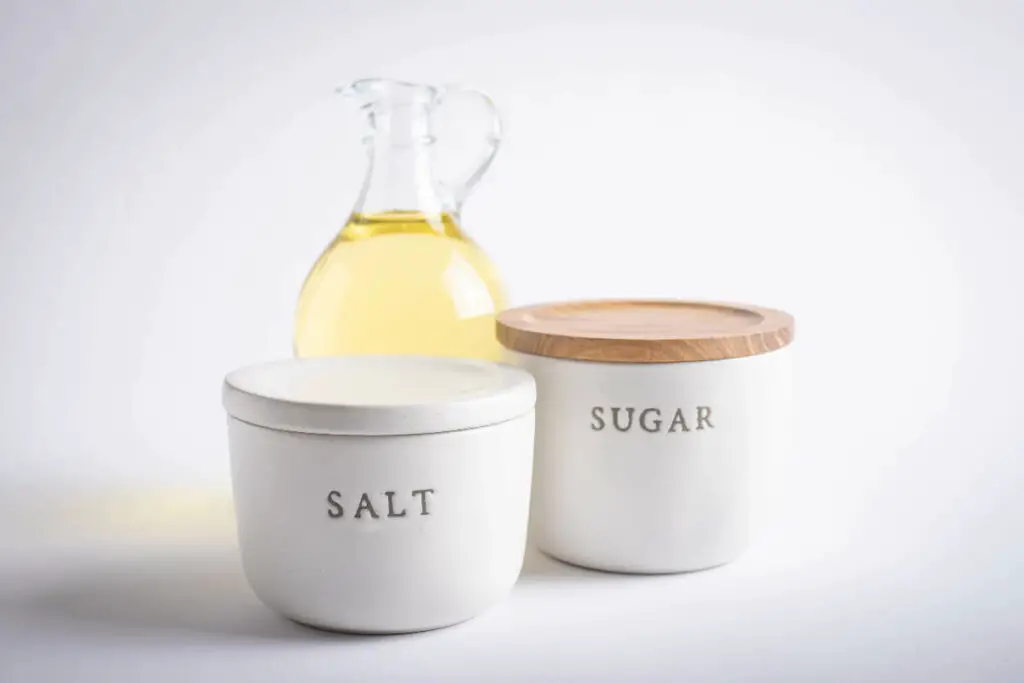
3. Processed Foods
Definition
Processed foods are somewhere in the middle of the spectrum. They add processed culinary ingredients like sugar, oil, and salt to unprocessed or minimally processed foods.
Examples
Examples include cheese, homemade bread, tofu, canned vegetables, and cured meats.
Health Benefits And Risks
Processed foods can be a part of a balanced diet when consumed in moderation. They often still retain a good amount of their original nutrients. However, they can also contain higher salt, sugar, or fat levels.
Artisanal Vs. Industrial
It’s worth noting that not all processed foods are created equal. Homemade or artisanal versions often contain fewer additives and preservatives than their industrially produced counterparts.
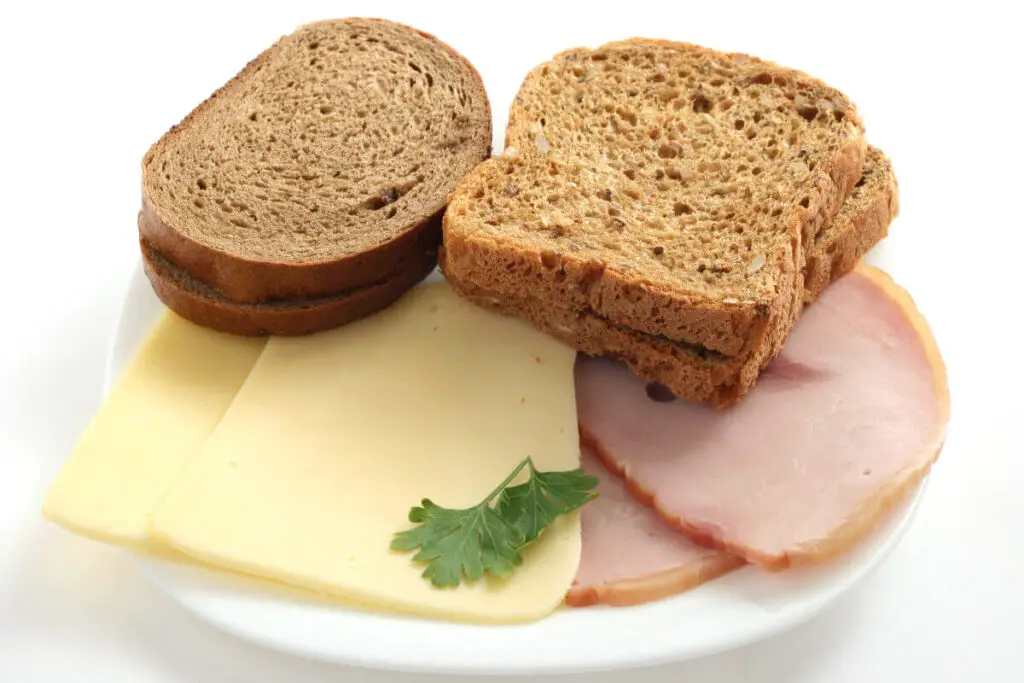
4. Ultra-Processed Foods
Definition
Ultra-processed foods have been so drastically altered that they barely resemble the natural ingredients they originated from.
Examples
Typical examples are cookies, chips, sodas, fast food, and many packaged snacks.
Health Risks
These foods usually contain high levels of unhealthy fats, refined sugars, and salt. They also often include additives like dyes, stabilizers, emulsifiers, and flavor enhancers.
The Convenience Trap
Ultra-processed foods are engineered for convenience and addictive taste, making them easy to overconsume. They are usually calorie-dense but nutrient-poor.
Profit Factor
These foods are unhealthy for consumers and highly profitable for the manufacturers, perpetuating a cycle of production and consumption that is hard to break.
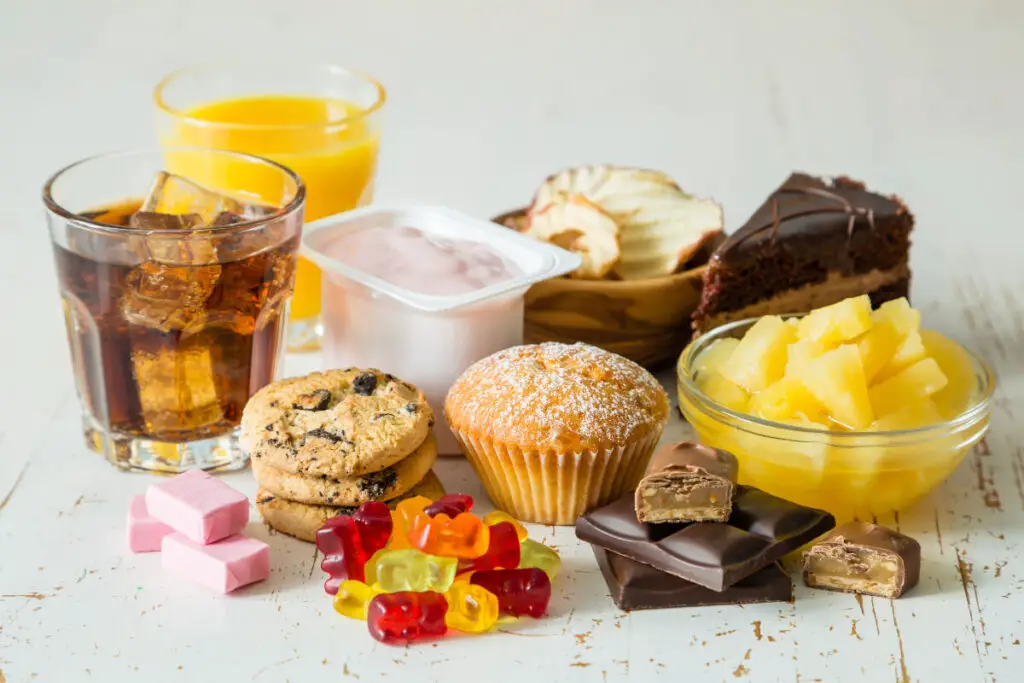
The Bigger Picture Of The NOVA Classifications
Understanding the NOVA food classification system allows us to make more informed diet choices.
While it’s nearly impossible to avoid all forms of processed foods, the system provides a tool to differentiate between varying levels of processing and the health implications of each.
Making Healthier Choices in a Processed Food World
In our modern society, where convenience often dictates our food choices, navigating away from ultra-processed foods can be daunting. However, with awareness and practical strategies, it’s possible to significantly reduce their impact on our diets.
Strategies for Healthier Eating
In today’s fast-paced world, where convenience often trumps nutrition, adopting strategies for healthier eating is more important than ever. Making conscious food choices can profoundly impact our health, well-being, and lifestyle.
Here, we explore various practical strategies to promote a healthier diet amidst the prevalence of processed foods. These approaches are designed to guide you towards more nutritious options while balancing the realities of modern life.
From understanding food labels to incorporating whole foods and mindful eating, these strategies are stepping stones towards a healthier, more balanced diet.
Educate Yourself
Understanding food labels is crucial. Take the time to read and understand the ingredients and nutritional information on food packaging. This knowledge empowers you to make informed choices.
Prioritize Whole Foods
Focus on incorporating more unprocessed or minimally processed foods into your diet. Fresh fruits, vegetables, whole grains, and lean proteins should form the foundation of your meals.
Moderation is Crucial
It’s understandable that eliminating processed foods may not be feasible for everyone. When you consume them, do so in moderation, keeping a close eye on portion sizes and frequency.
Utilize the NOVA Classification
The NOVA system categorizes foods based on their level of processing. Please familiarize yourself with this system, as it can be a valuable tool in identifying and choosing less processed options.
Plan and Prepare
Meal planning and home cooking can significantly reduce your reliance on processed foods. Preparing meals in advance ensures you have healthy options readily available.
Shop Smart
When grocery shopping, stick to the perimeter of the store where fresh produce, dairy, and meats are usually located. Avoiding the central aisles can reduce temptation from ultra-processed foods.
Seek Healthier Alternatives
Explore healthier versions of your favorite processed foods. Many stores now offer products made with whole ingredients and less additives.
Stay Informed
Keep up-to-date with nutritional research and recommendations. Food science is always evolving, and staying informed helps you make better dietary choices.
Mindful Eating
Practice mindful eating by paying attention to what and how you eat. Enjoy your meals slowly and savor the flavors, which can reduce overeating and reliance on processed foods.
Community Support
Engage with communities that promote healthy eating. Support groups can offer encouragement, tips, and recipes for a healthier lifestyle, whether online or in person.
Making the shift to a diet lower in ultra-processed foods is not just about individual choices but also about creating a healthier lifestyle. By being mindful, planning, and using tools like the NOVA system, we can all make strides towards better health.
Remember, each small step you take can significantly impact your overall well-being. As we navigate the complexities of modern food choices, let’s strive to make decisions that our bodies will thank us for in the long run.
You Can Listen To Our Podcast, Exposing the Mystery of Emulsifiers in Ultra-Processed Foods, Below or By clicking here.
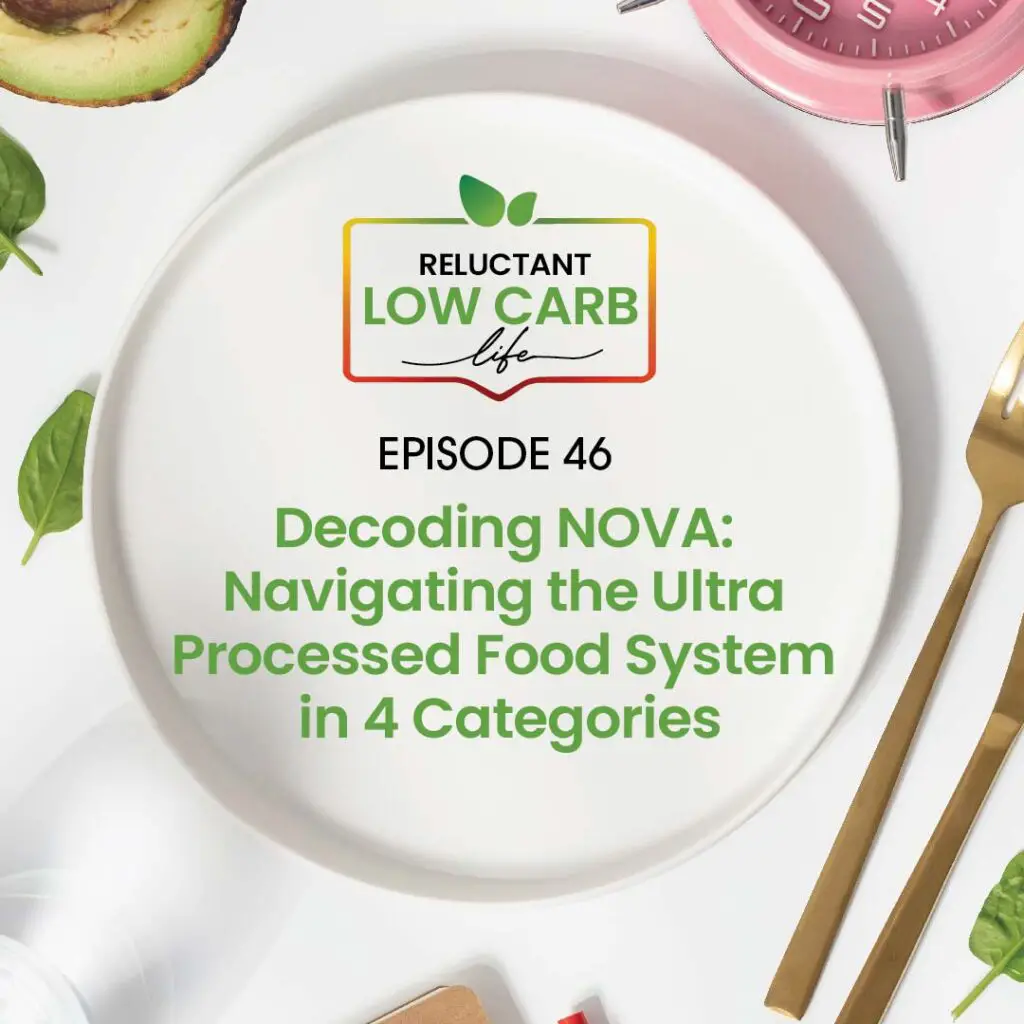
At Reluctant Low Carb Life, we are staunch advocates of the Health Trifecta: Fullness, Fitness, and Freshness. Additionally, we embrace the pillars of health, wellness, and graceful aging. Our mission is to provide honest and precise information to individuals dedicated to adopting a healthy lifestyle while enhancing their fitness and well-being.
We have a free monthly newsletter that is filled with information and helps you remain updated. Subscribe to the Reluctant Low Carb Life newsletter by clicking here.
Listen to our weekly podcast, Reluctant Low Carb Life, on all the major podcast platforms by clicking here.
Follow us on Instagram and Facebook by clicking the link.
Related Question
What Does It Mean If You Crave Sugar On Keto?
Being on a keto diet should help you not to crave sugar. However, some people who are on a keto diet may still crave sugar. You could still crave sugar for many reasons, including eating hidden sugars in your foods and drinking too much diet soda. Or your keto diet includes too many carbs, or you are addicted to sugar.
You can read more about What Does It Mean If You Crave Sugar On Keto? by clicking here.
Yes, You Can Be Thin And Addicted To Sugar
Unsweetened almond milk should not make you fat. It is low in calories and has no carbohydrates or sugars. When compared to whole milk, unsweetened almond milk is a much better type of milk to drink. The sweetened version of almond milk is higher in calories, carbohydrates, and sugars.
You can read more about Yes, You Can Be Thin And Addicted To Sugar by clicking here.
How Long Does It Take To Recover From Sugar Addiction?
Sugar can be a long addiction. It may be something that you deal with your entire life. But the good news is that giving up sugar will make it easier to overcome the addiction. You must also find things you enjoy that can help replace sugar and sugary foods with healthy alternatives.
You can read more about How Long Does It Take To Recover From Sugar Addiction? by clicking here.
